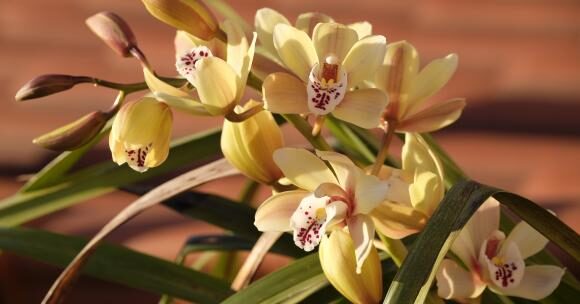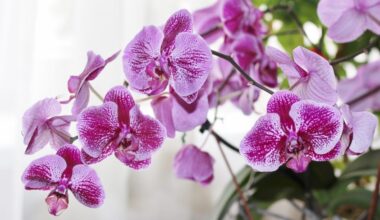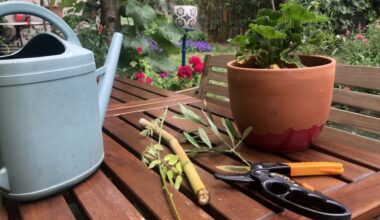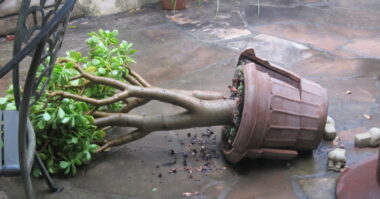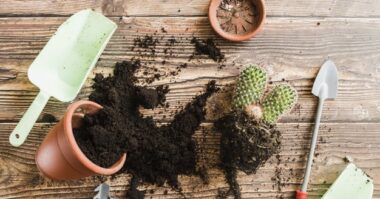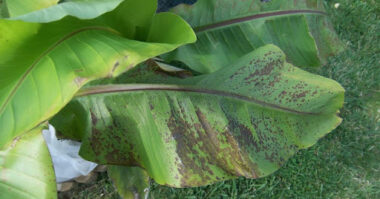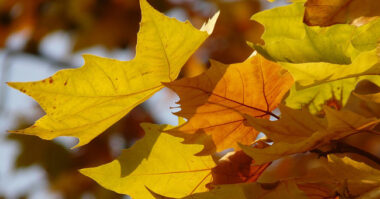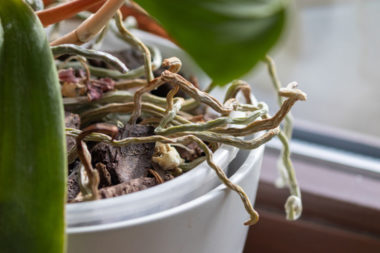Yellowing of Cymbidium leaves is normal to a certain extent: when it corresponds to the natural dieback of the oldest leaves on one or two of the oldest pseudobulbs. This yellowing may or may not be related to a potting operation. A Cymbidium, no more than any other orchid, does not appreciate being repotted twice at 15 days interval.
Contents
Why do my cymbidium orchid leaves turn yellow?
Case 1: The oldest leaves, at the bottom of the stem, turn yellow
During its life cycle, the orchid, like all plants, gets rid of its old leaves. It is therefore natural that the old leaves at the bottom of the stem turn yellow over time. Let them dry completely and fall off by themselves.
Case 2: All the foliage gradually turns yellow
It is no longer a physiological phenomenon, but a cultural problem that can have different causes:
- improper watering, with excess or lack of water ;
- inappropriate fertilizer application ;
- inadequate light ;
- unsuitable temperatures ;
- unsuitable substrate.
How do I fix yellow leaves on my orchid ?
If you have realized that the yellowing of the leaves of your orchid is not normal, we give you some food for thought. Orchid leaf yellowing is very common and can result from many practices.
A Cymbidium in general does not like to be repotted 2 or more times at 15 days interval. However, this is not what is most likely to damage it.
But rather: the way you eventually repotted it (insufficient size of the old roots? choice and quality of the growing mix? oversized pot? immediate resumption of watering?) your cat, in addition to playing with the plant, would not have urinated on the roots? Without having more details about the events and without seeing the plant, even if only thanks to one or two photos, it is difficult for us to give you more advice.
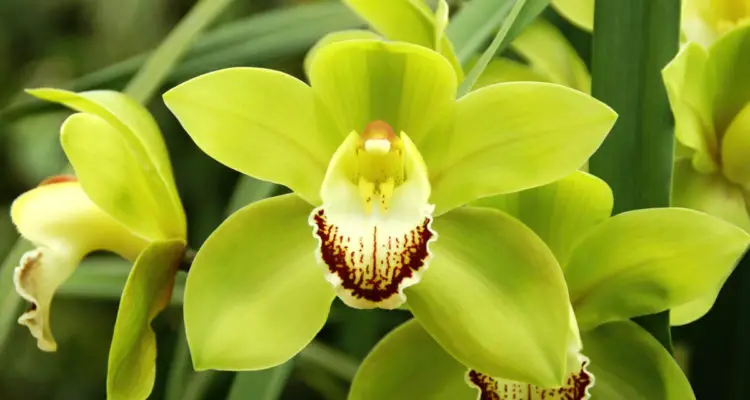
How to care for cymbidium orchid ?
Heat and light
Between October and May, place the cymbidium orchid in your home (59-64°F), in front of a well-exposed window, less than one meter away, so that it can make the most of the little light available in winter. Once the flowers have wilted, cut off the stems at the base.
Watering
Abundant, with non-calcareous water, in the morning, once a week. Example: about 3 liters of water for a 20 cm diameter pot. Drain well.
Repotting
Every two or three years, between March and June, after flowering. Choose a “special orchid” mixture based on pine bark; soak it in water the day before. Remove dry leaves, dead roots and possibly one or two of the oldest pseudobulbs that have naturally lost their leaves. Take a pot 2 to 4 cm larger in diameter than the pot you are removing. Firmly pack the substrate. For the next month, just mist the surface of the pot every day until new roots appear. You can take advantage of repotting to divide your plant, keeping at least 3 pseudobulbs and one shoot for each plant.
Why isn’t my cymbidium orchid blooming?
Not all cymbidiums have the same floridity. For example, those with small flowers have more stems than those with large flowers, those with narrow leaves have more stems than those with wide leaves. They do not all have the same natural flowering season, some being earlier (from October onwards) and others much later (until April/May): as a result, nitrogen fertilizers must be stopped earlier for the former than for the latter, otherwise the former will develop new leaves instead of starting to flower.
When a cymbidium plant does not flower for several years, it develops foliage that shades the base of the pot. As a result, light can no longer penetrate it. It is then advisable to remove part of this foliage, so that the light can again reach the base of the pseudobulbs.
How to make a cymbidium orchid bloom again?
- Ensure its needs in light and freshness.
- Repot as soon as the new shoots appear (from the beginning of March to the end of May).
- Do not always use the same fertilizer throughout the year.
- Place it outside in the garden during the summer and until November: cool nights induce flowering.
Summary
To conclude, there are no precise solutions, but rather several points to check in order to know if the leaves of your cymbidium is a normal phenomenon or not. If it is the oldest leaves that turn yellow, in these cases no problem.
If it is the entire foliage that is slowly turning yellow, it is important to check the watering, the application of a bad fertilizer, a light or a temperature that is not adapted to your cymbidium orchid.
